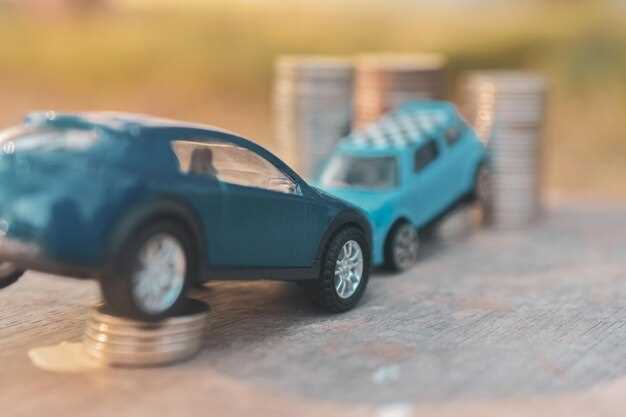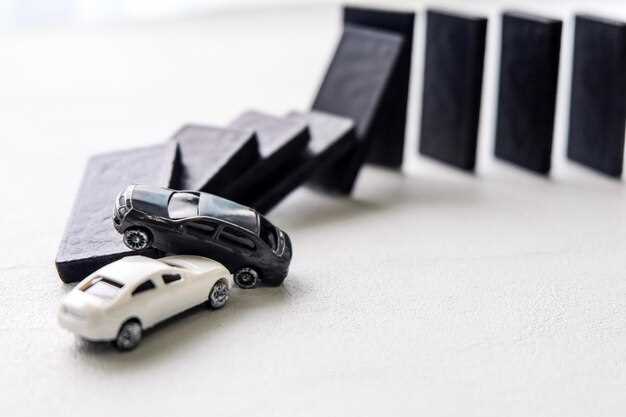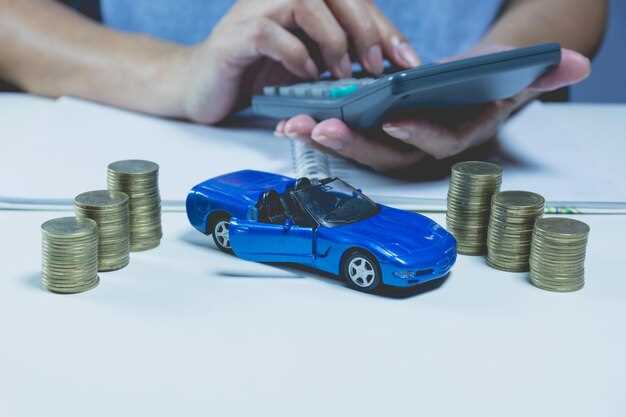
Investing in project cars can be an exciting venture for automotive enthusiasts and collectors alike. However, it is crucial to understand the risks involved in this unique market, as restoration projects often come with unforeseen challenges and costs. Many aspiring investors are drawn to the idea of transforming a classic or rare vehicle into a stunning masterpiece, but without proper knowledge, this dream can quickly become a financial nightmare.
The restoration process itself can be time-consuming and expensive, often exceeding initial budget estimates. Potential investors must factor in the cost of parts, labor, and unexpected repairs that can arise during the project. Additionally, not all cars are created equal; some may require more intensive work than others, which can significantly impact the overall investment. Understanding the vehicle’s history and assessing its condition before diving into a restoration is essential to minimize risks and ensure a solid investment.
Moreover, the market dynamics surrounding project cars can fluctuate, leading to potential depreciation in value if the restoration does not meet buyer expectations or if trends shift. Knowledge of current market demands and historical values can provide insights into what makes a project car valuable, helping investors make informed decisions as they navigate this complex landscape. Recognizing these risks is the first step to successful investing in project cars, enabling enthusiasts to pursue their passion while also safeguarding their financial interests.
Estimating Restoration Costs for Classic Project Cars

Restoring a classic project car can often be a rewarding venture, but accurately estimating the restoration costs is crucial to avoid financial pitfalls. Several factors influence these costs, and understanding them will help you make informed decisions.
First, consider the initial purchase price of the car. This is often just the beginning of your expenses. Depending on the model and condition, project cars can range widely in cost. A rare model may initially seem expensive, but its potential value after restoration could justify the initial investment.
Next, assess the condition of the car. Inspect its body, engine, transmission, and interior. Cars that require extensive bodywork or a complete engine rebuild will incur significantly higher costs. It is advisable to get a professional appraisal to identify issues needing attention.
Labor costs are another significant component. If you plan to do the work yourself, you will save on labor, but be sure to account for the value of your time. Hiring professionals, such as mechanics, bodyshops, or custom shops, can quickly add up, especially if specialized skills are required.
Parts also represent a substantial part of the overall cost. Sourcing original parts for classic project cars can be daunting as they may either be scarce or expensive. Consider whether you want to use OEM parts for authenticity or aftermarket components for cost savings.
Don’t forget about additional expenses like paint, tools, and equipment. A quality paint job can be one of the most significant costs in a restoration project, influencing the overall appearance and value of the car. Additionally, tools or equipment necessary for the restoration can further elevate your budget.
Finally, consider the potential unforeseen expenses. Even with careful planning, unexpected costs often arise during restoration projects. It’s wise to allocate a contingency fund of around 10-20% of your total budget to address these surprises.
In conclusion, estimating restoration costs for classic project cars is a comprehensive process. By factoring in the purchase price, car condition, labor, parts, additional expenses, and unforeseen costs, you can better prepare yourself financially for a successful restoration project.
Identifying Hidden Issues in Project Cars before Purchase
When considering the purchase of project cars, it is crucial to thoroughly evaluate the vehicle for hidden issues that may impact the restoration process. Project cars often come with various challenges, and understanding these potential problems can save both time and money.
First and foremost, inspect the car’s frame and body for rust or structural damage. Rust can be more than just a surface issue; it can compromise the integrity of the vehicle. Look for signs of previous repairs, which could indicate that the car has a history of significant damage.
Next, assess the engine and transmission. A project car may be advertised as having a “rebuilt” engine, but without documentation, it’s essential to verify the condition of all components. Listen for unusual noises during a test drive and check for any fluid leaks, as these could signal deeper mechanical problems.
Electrical systems are another area where hidden issues often lurk. Inspect the wiring harness for fraying or corrosion, which can lead to electrical failure. Test all lights, signals, and electronic components to ensure functionality, as repairs can be time-consuming and costly.
Finally, check the interior and exterior for parts that may need replacement. Missing components, like trim pieces or seat covers, can add to the overall cost of restoration. Assessing the completeness of the project car is vital to understanding the full scope of work needed.
By conducting a comprehensive evaluation of these aspects, potential buyers can better navigate the risks associated with investing in project cars and make informed decisions that lead to successful restorations.
Evaluating Potential Resale Value of Restored Project Cars

When considering the resale value of restored project cars, it is essential to analyze various factors that influence potential profit. Restoration costs often represent a significant portion of the investment made by enthusiasts. Therefore, careful assessment of these expenses is crucial before entering the market.
Condition and Quality of Restoration play a pivotal role in determining resale value. High-quality workmanship and attention to detail can elevate a project’s desirability, leading to a higher return. Buyers are inclined to pay a premium for vehicles that exhibit a professional level of restoration, as they indicate a commitment to excellence and longevity.
Market Demand is another critical element affecting the resale value of project cars. Certain makes and models may generate significant interest, often driven by nostalgia or collector trends. Evaluating current market demands can guide investors in making informed decisions about which projects to pursue. Additionally, cars with iconic status or unique features tend to command higher prices, making them worthwhile restorations.
It is also important to consider historical significance. Cars with a rich background or limited production runs typically achieve better resale values. Such vehicles often attract collectors, increasing competition among buyers and driving up prices. Understanding the historical context of a project can help gauge its potential market appeal.
Documentation enhances the authenticity of the restoration process and can have a considerable impact on resale value. Ensuring you have detailed records of parts, repairs, and the work performed can build buyer confidence. Potential buyers value transparency and reassurance in investments, which proper documentation provides.
Lastly, staying aware of trends in classic car values allows investors to anticipate shifts in market dynamics. Prices fluctuating with time can significantly influence the return on investment for restored project cars. Keeping abreast of these trends is vital for maximizing potential resale value and ensuring a profitable investment.
